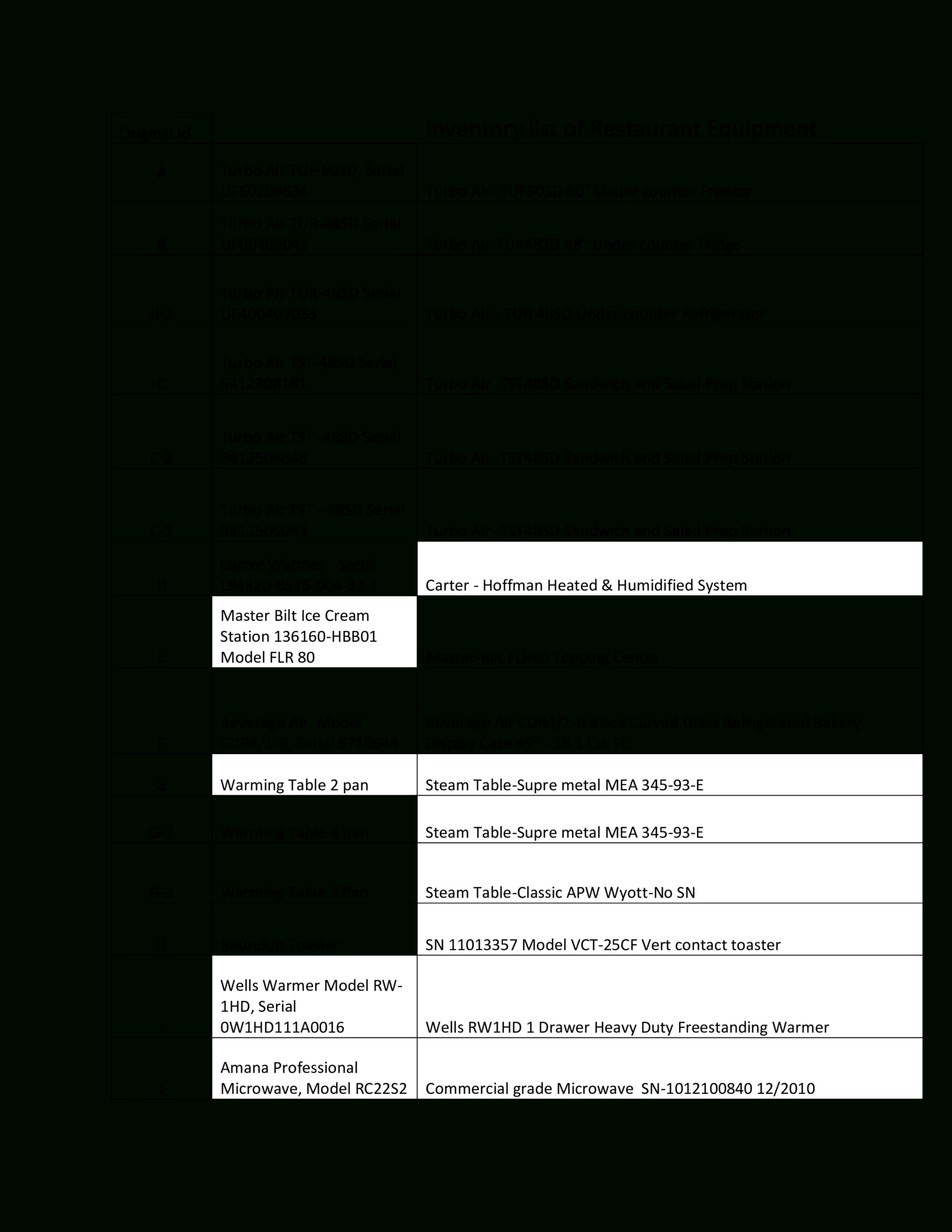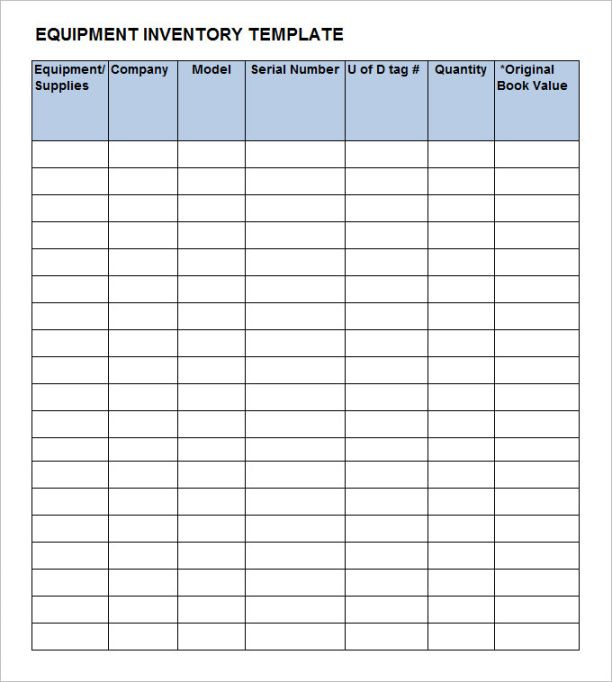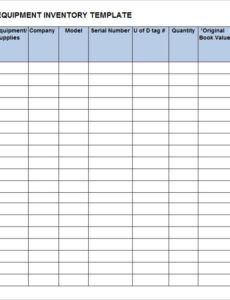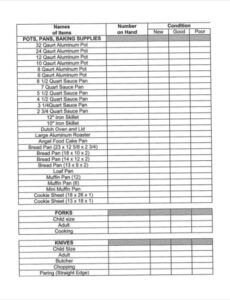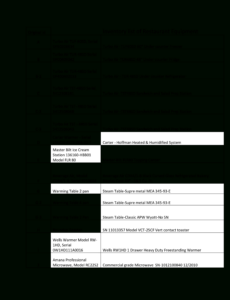Free restaurant equipment inventory list template restaurant equipment inventory list template example -Ever feel like like you’re managing too many responsibilities at once, and somehow, important details get lost? It’s a common struggle. Whether it’s professional assignments, food supply lists, or planning that epic vacation, managing everything can feel daunting. That’s where the effectiveness of a good list comes in. A straightforward outline can convert confusion into organization, helping you stay organized, on track, and ahead in your tasks.
Think of a task planner as a guiding structure. It gives you the essential layout and formatting you need, so you can focus on completing the specific details aligned with your needs. No more messing around with formatting, text styles, or worrying about how to structure your information logically. A structured organizer takes care of all that for you.
From managing your to-do’s to coordinating a detailed occasion, there’s a structured format out there to improve your efficiency. They can be basic or advanced, online or offline, customized to your specific needs or used as-is. The beauty lies in their flexibility and personalized structuring. So, let’s dive in and understand the functional universe of task checklists and how they can transform the way you work and live.
The advantages of using a structured format are wide-ranging and far-reaching. Above all, they drastically reduce the amount of time you spend structuring a task sheet. Instead of creating a format yourself, you can quickly access a pre-designed template and customize it to match your preferences. This is highly beneficial if you often need ongoing structured plans, such as organized menus or travel checklists.
Moreover, templates help to enhance reliability and clarity. By following a standard format for your organized records, you can guarantee that all the essential details is included and organized in a coherent, organized manner. This can be particularly beneficial for group tasks, where it’s important to have consistent communication. Structured frameworks also minimize errors. When you are following a structured checklist, it is rare that important information gets overlooked.
More than just task organizers, structured formats excel at coordinating tasks. Whether organizing a celebration, starting a business venture, or renovating your home, a workflow checklist can enable you to divide the work into smaller action steps, delegate duties, define timelines, and monitor achievements. This guarantees that all aspects are accounted for and that the project remains well-managed.
Another frequently used function is monitoring tasks and structuring responsibilities. Pre-built checklists can be used to track items, log financial transactions, manage contacts, or even create a digital library. The important step is to pinpoint the necessary sections and key elements you want to store, and then structure a pre-set checklist that makes it easy to log and analyze the information. For example, a people organizer might contain fields for individual designation, calling details, online communication, and business role.
Lastly, a well-organized checklist can serve as a informative guide. By reviewing pre-designed templates, you can understand best practices for planning effectively and arranging steps efficiently. This can support your growth in your personal knowledge and enhance your overall efficiency. No matter if you’re a academic, a businessperson, or simply an individual looking for better structure, pre-designed checklists are an invaluable resource.
Begin by figuring out the kind of checklist you need. Do you need a everyday checklist to keep track of your everyday activities? Or are you organizing a big event, like a celebration or a digital campaign? Defining the scope and purpose of your task tracker will help you filter your options and select a pre-designed checklist that’s optimized for that category of responsibility.
Kick off by understanding the goal of your structured checklist. What do you want to achieve with it? What type of data do you need to monitor or arrange? Once you have a detailed awareness of the main function, you can start to defining the task groups and specific details that will be featured in your template. Consider the key data points that are important to your goal. For example, when designing a literature tracker, you might add data points for title, creator, category, rating, and comments.
Moving forward, reflect on the structural setup of your checklist. How will the information be formatted clearly? Would it be best to choose columns, horizontal divisions, or a flexible layout? Reflect on the logical organization and ways to optimize to be as easy to use as possible. Use well-defined titles, harmonized designs, and proper spacing to improve readability.
**Task Coordination Checklists:** These are more sophisticated templates designed for managing larger, more complex projects. They often include task dependencies, asset distribution, structured schedules, and completion updates. They’re highly important for ensuring smooth execution and guaranteeing that deadlines are met.
At the heart of it, the most effective method to find out the most suitable format is to explore possibilities. Try out the best template style helps you maintain concentration. Try different approaches to discover what kind of category helps you boost effectiveness. The options are endless, and the benefits of keeping tasks structured are well worth the effort. So go ahead, adopt the power of structured checklists, and watch your productivity soar.
